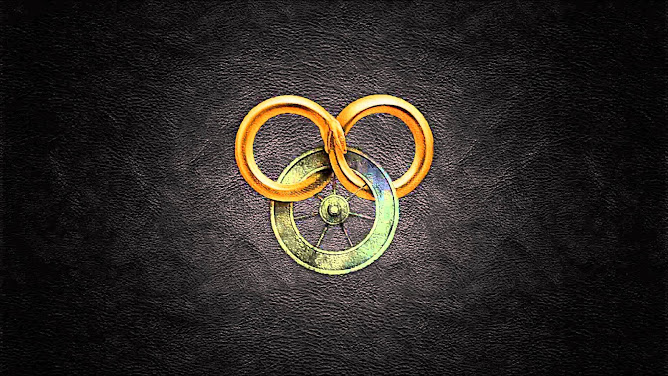G Pitch

| Note | Sub-contra | Contra | Great | Small | One-lined | Two-lined | Three-lined | Four-lined | Five-lined |
|---|---|---|---|---|---|---|---|---|---|
| B♯/C | 16.35 | 32.70 | 65.41 | 130.81 | 261.63 | 523.25 | 1046.50 | 2093.00 | 4186.01 |
| C♯/D♭ | 17.32 | 34.65 | 69.30 | 138.59 | 277.18 | 554.37 | 1108.73 | 2217.46 | 4434.92 |
| D | 18.35 | 36.71 | 73.42 | 146.83 | 293.66 | 587.33 | 1174.66 | 2349.32 | 4698.64 |
| D♯/E♭ | 19.45 | 38.89 | 77.78 | 155.56 | 311.13 | 622.25 | 1244.51 | 2489.02 | 4978.03 |
| E/F♭ | 20.60 | 41.20 | 82.41 | 164.81 | 329.63 | 659.26 | 1318.51 | 2637.02 | 5274.04 |
| E♯/F | 21.83 | 43.65 | 87.31 | 174.61 | 349.23 | 698.46 | 1396.91 | 2793.83 | 5587.65 |
| F♯/G♭ | 23.12 | 46.25 | 92.50 | 185.00 | 369.99 | 739.99 | 1479.98 | 2959.96 | 5919.91 |
| G | 24.50 | 49.00 | 98.00 | 196.00 | 392.00 | 783.99 | 1567.99 | 3135.96 | 6271.93 |
| G♯/A♭ | 25.96 | 51.91 | 103.83 | 207.65 | 415.30 | 830.61 | 1661.22 | 3322.44 | 6644.88 |
| A | 27.50 | 55.00 | 110.00 | 220.00 | 440.00 | 880.00 | 1760.00 | 3520.00 | 7040.00 |
| A♯/B♭ | 29.14 | 58.27 | 116.54 | 233.08 | 466.16 | 932.33 | 1864.66 | 3729.31 | 7458.62 |
| B/C♭ | 30.87 | 61.74 | 123.47 | 246.94 | 493.88 | 987.77 | 1975.53 | 3951.07 | 7902.13 |
frequencies in Hertz for notes in various octaves, named according to the "German method" of octave nomenclature
Helmholtz pitch notation, a system for naming musical notes of the Western chromatic scale. Fully described and normalized by the German scientist Hermann von Helmholtz, it uses a combination of upper and lower case letters (A to G), and the sub- and super-prime symbols ( ͵ ′ or ⸜ ⸝) to denote each individual note of the scale. It is one of two formal systems for naming notes in a particular octave, the other being scientific pitch notation.
No comments:
Post a Comment